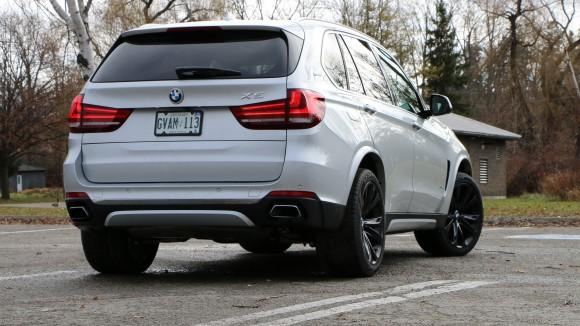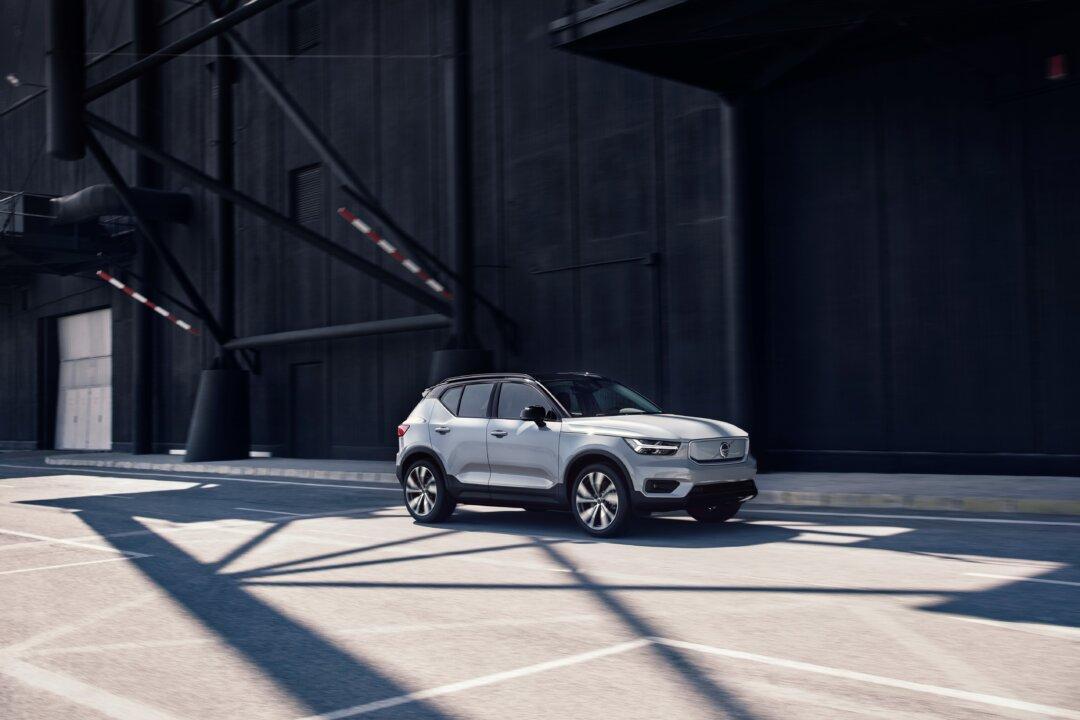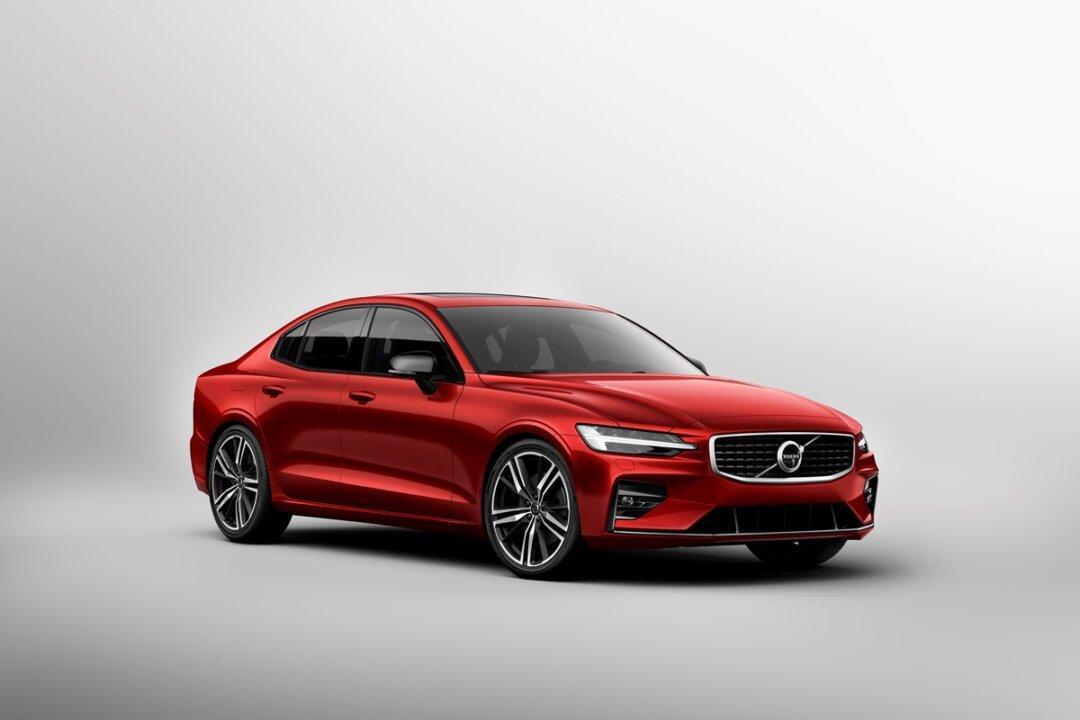Built at the BMW Spartanburg plant in South Carolina, the 2017 BMW X5 xDrive40e is the German-based automotive manufacturer’s very first production plug-in hybrid (PHEV) model. Based upon our time spent with this vehicle, you might prepare yourself to expect more plug-ins coming from this Bavarian automaker in the near and long term.

2016 BMW X5 xDrive40e David Taylor




